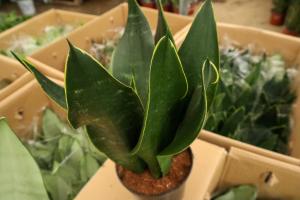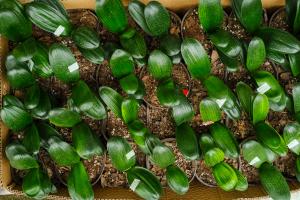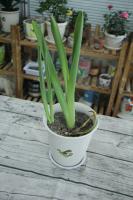Introduction
Plaster planters are a popular choice for gardening enthusiasts as they can be molded into various shapes and sizes. However, the question of whether a plaster planter can hold water arises frequently. In this article, we shall delve into the science behind it and find out whether or not it is a viable option for plant growth.
Composition of Plaster Planters
Before we determine if a plaster planter can hold water, it is essential to understand its composition. Plaster planters are made using a mixture of gypsum or calcium sulfate and water. When these two components are mixed and left to dry, they form a hard and durable material that is resistant to water. However, this does not mean that it can hold water indefinitely.
Porosity of Plaster Planters
The porosity of a plaster planter determines its ability to hold water. Porosity refers to the number of void spaces in a material that can hold air or water. Plaster planters have a moderate to high porosity, which means that they can absorb water to a certain extent. However, as the plaster planter absorbs water, it gradually loses its strength and integrity. This can result in cracking, chipping, or breaking, making it unsuitable for long-term plant growth.
Alternatives for Plaster Planters
If you are looking for a planter that can hold water for extended periods, other alternatives may be a better option. Plastic, ceramic, and metal planters are commonly used in gardening as they have a low porosity and can hold water efficiently. These planters are also durable and can withstand various weather conditions, making them ideal for outdoor gardening.
Preventing Water Loss in Plaster Planters
Although plaster planters are not the ideal choice for long-term plant growth, they can still be used with proper care and maintenance. To prevent water loss, you can line the interior of the planter with plastic to create a barrier between the plaster and soil. This will help prevent the plaster from absorbing water and prolong the life of the planter. Additionally, you can also add a layer of sealant on the exterior of the plaster planter to create a waterproof barrier.
Conclusion
In conclusion, plaster planters are not the best option for long-term plant growth as they have a moderate to high porosity that can result in water loss and structural damage. However, with proper care and maintenance, plaster planters can still be used as a decor item or for short-term plant growth. When in doubt, it's always best to consult a professional gardener or horticulturist for recommendations on the best planter options for your gardening needs.

 how many times do yo...
how many times do yo... how many planted tre...
how many planted tre... how many pine trees ...
how many pine trees ... how many pecan trees...
how many pecan trees... how many plants comp...
how many plants comp... how many plants can ...
how many plants can ... how many plants and ...
how many plants and ... how many pepper plan...
how many pepper plan...






























